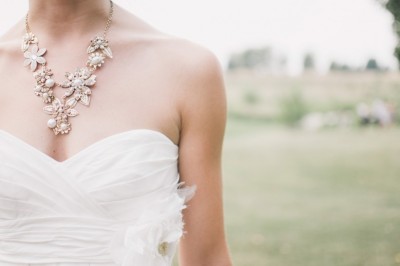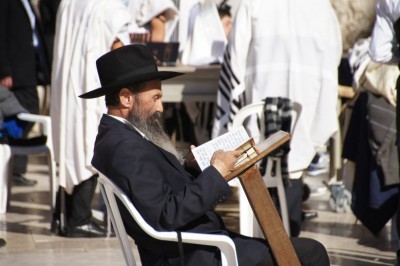What is Considered to be Modest Clothing?
Dressing modestly has long been a practice for many people of Biblical faiths. Some religions have stricter rules governing how followers should dress than others. Dressing with modesty in mind is also a personal choice many people make regardless of their religious affiliations or cultural backgrounds. It might be easy for many of us to concede that clothing that exposes teen girls or womens bosoms or that is overly suggestive does not fall within the category of modest. Most of us would not consider the baggy, low riding, and ripped jeans popular with many teenage boys and young men today modest either. What then is modest clothing?
Modest clothing typically includes clothing that not only covers the private parts of the body but that is also loose fitting and does not cling to the contours of the body. In many religions, basic colors such as blue, black, brown, and white are considered modest and appropriate for clothing while more brightly colored fabrics such as neon pinks, oranges and greens are not. There are other considerations among different religions for what constitutes modest clothing. It is a belief in many religions such as in the Catholic and Latter-Day Saint faiths for example, that women should not wear short shorts, their attire should cover their shoulders, and the hemlines on dresses and skirts should not fall above the knee. Women of the Orthodox Jewish faith typically wear headscarves, shun tight fitting clothes, and may wear clothing that covers the elbows and knees and even the arms entirely depending on the region they live in and the practices common to that area. Orthodox Jewish men typically wear head coverings as well. In the Islamic faith, women wear clothing that covers everything except their hands and faces while in some religions a woman must wear a veil over her face as well.
In modern society and especially in western societies such as the Unites States, the rules regarding modern clothing are more relaxed (although this is not always the case). In the Evangelical faith, women are to avoid wearing revealing necklines, see-through clothing, skirts with slits exposing the leg above the knee, bathing suits, shorts, pants, or mens clothing. Evangelical men are not to go shirtless and never to wear womens clothing. Men should wear short hairstyles while woman are encouraged to wear their hair longer. The Pentecostal faith says among other things that women are to wear only dresses or skirts and never jeans or slacks, and they should not cut their hair. Men should never have long hair. There are also rules regarding the wearing of jewelry and makeup by women of Christian, Catholic, Evangelical, and other faiths that differ among their respective religions.
The guiding principle behind modest clothing among various religions and cultures is to wear clothing that projects a humbleness and humility about a person and to those around them versus wearing clothing that promotes sinful thoughts and actions whether their own or that of others. For many people modest clothing is a personal choice rather than a religious or cultural influence. Some people prefer wearing clothing that is more modest in nature and feel more comfortable interacting with others while dressed modestly. One thing modest clothing does not have to be is clothing devoid of style. It is possible to find clothing that is both modest and stylish. There are many stores today catering to men and women looking for modest clothing both online and in your local area.
Find modest clothes at Modest Clothing Site.






















